
Please Share your Email if you Wish to Receive the Golden Tips & Tales Newsletter from History of Ceylon Tea Website
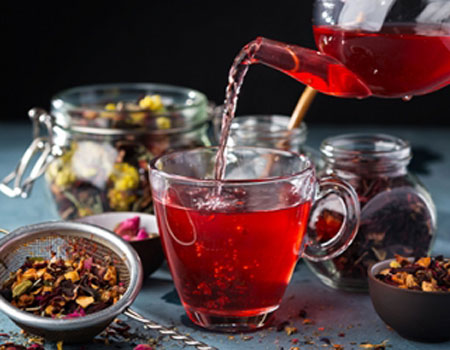
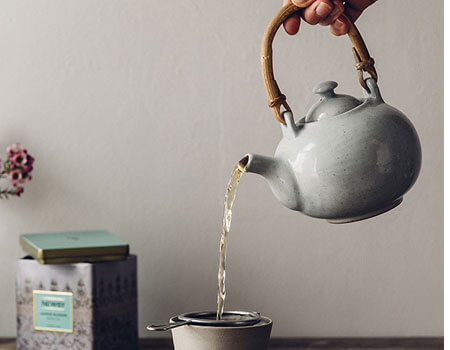
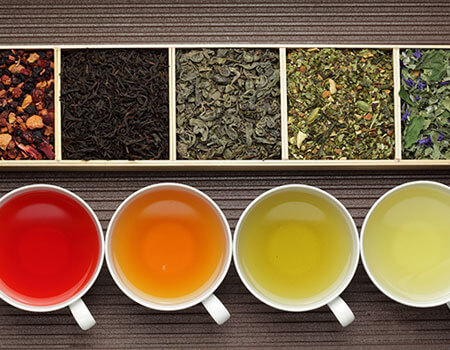
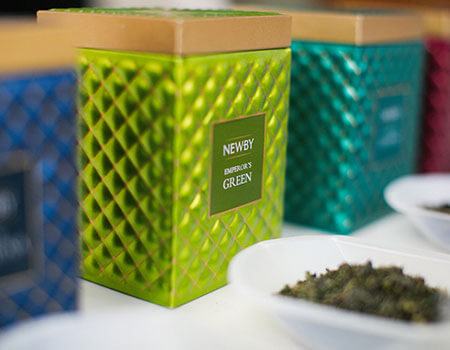
Not young enough? Not cool enough? Just not your bag? It’s time to take another look at tea. Richard McComb reports on a very British revolution
It has lived in the shadows of latte art, hipster cold brew and barista tattoos. Once Britain’s undisputed go-to drink, favoured in times of crisis, on both chilly mornings and sweltering summer days, the nation’s thirst for tea has gone off the boil.
At least, that’s the story according to statistics and surveys, which show a decline in cuppa consumption since the 1970s. We still drink a lot of tea, just not as much as we did, particularly traditional tea, which saw sales drop by 6% between 2010 to 2015. Britons consume about 25g of tea a week compared with 68g in the 1970s.
The new generation of coffee suppliers and cafés did something their tea counterparts failed to do, creating immersive experiences that seduced millennials and generation Z by looking beautiful on social media. A picture of a tea bag floating in a builder’s brew just could not compete on Instagram with an alpine tree created out of milk froth.
However, things are changing. A very British storm is brewing in our collective teacup, as suppliers and operators learn the lessons of the coffee revolution. In addition to great flavour, tea providers are realising that modern customers crave experiences, especially those that chime with lifestyle concerns like health and wellness. It is a market that tea is well-placed to serve, often in unlikely settings… like an upscale French restaurant.
Taking its cue from its former incarnation as a Lyon’s tea house, London’s Michelin-starred Club Gascon has introduced a tea menu in partnership with Jing Tea. The menu showcases classic, seasonal and rare teas, catering for diners seeking non-alcoholic alternatives.
In the style of a wine flight, Club Gascon offers a pairing of three teas (£15) alongside its five-course menu, or a four-tea pairing (£20) with the seven-course menu. Sommeliers provide the same experience and key information about tea as they would with wine, including origin, production methods and tasting insights.
Thomas Rabuel, general manager at Club Gascon, says Middle Eastern and Asian customers were initially drawn to the offer, but uptake is now broader, with both male and female diners. “It is successful with a very wide clientele, but we realised that a younger population, who tend to go for healthier food and beverages, are mostly choosing the tea pairing,” says Rabuel. His team also uses tea in cocktails – a cold, sparkling jasmine pearl tea is offered as a substitute to Champagne – and in cooking, in a peach soufflé infused with Earl Grey.
Exotic tastes
“Tea was often an afterthought when planning a menu, but it’s now becoming front and centre,” says Aneta Aslakhanova, global marketing director for Newby Teas, a partner of the London Restaurant Festival.
“For 2019, we’re expecting to see a growing interest in loose-leaf teas and unique blends, as taking tea becomes more of an experience than a habit. Some recent research has shown that more and more young people are shunning alcohol in favour of a healthy lifestyle, which includes quality tea.”
Classics such as English Breakfast, Earl Grey and jasmine remain Newby’s most popular blends, but there is rising consumer interest in its white, green and oolong teas, including Oriental Beauty Oolong – where oxidation of the leaves is encouraged through the bites of green leafhoppers on the leaves, stems and buds – White Peony and Silver Needle. “In 2019, we expect to see interest in unusual blends, bringing tea drinking to a new level,” adds Aslakhanova.
Among its 2019 forecast for tea trends, Mintel flags up the “veggie revolution” (infusions of tomato, rosehip, apple, onion, basil, cinnamon and passionflower) and supercharged ‘power tea’, that combines naturally functional ingredients with added nutrients, like the German launch of Lipton Daily Boost Green Tea with ginger, lemon verbena and turmeric.
The Drury Tea & Coffee Company backs calls for restaurants to have informative tea menus. Marco Olmi, Drury director, says: “For smaller restaurants, four or five teas would suffice – for example, English Breakfast, Earl Grey, green, peppermint and a flavoured tea or another herbal option would create a good balance. Some of the variants could be rotated on a ‘guest’ basis.”
Drury’s limited-edition Christmas Tea is made from black tea blended with apple, orange and Christmas spices. Best served without milk, it is warmly aromatic and spicy. On another festive note, Novus Tea’s new chocolate and vanilla blend combines black Chinese and Indian leaf teas with cocoa bean and vanilla – a winter warmer with minimal calories when served black.
No strings attached
Allan Pirret, sales director of Novus, says: “Reports suggest ‘out of home’ tea sales are forecast to reach £313m for 2018, with a 10.3% year-on-year increase and continued growth for at least the next five years, with total sector value expected to reach £439m by 2022. Given this surge in demand for premium teas and infusions, it’s important for operators to team-up with a market-leading supplier with a premium brand capable of delivering the required quality, taste, innovation and support.”
Henrietta Lovell, founder of the Rare Tea Company, says there has been a dramatic change in attitudes towards tea, particularly premium tea.
“Hotels are now abandoning teabags altogether. At Claridge’s, for example, every gram of tea is loose, from afternoon tea across in-room dining, conferencing and events. We provide elegant and ergonomic solutions for every area, so that no string is ever left hanging over a cup,” says Lovell, who also creates bespoke blends for restaurants such as Noma in Copenhagen.
“Where once there was an indifference to finding high-quality solutions for tea, we are now experiencing a phenomenal increase in interest in people wanting to up their game. This is happening across the spectrum, from grand hotels to pop-ups. The myth that it is too difficult to use good-quality, loose-leaf has been well and truly shattered.
“The lie that ethically sourced, high-quality loose leaf is too expensive to serve has also been exposed. If a restaurant can make around 90% margin on their tea at a reasonable price to the customer, there seems little reason not to switch to something considerably better – not just for your customers, but for the farmers who produced it.”
Rare Tea Company’s core range constantly expands. Its new lemon blend combines lemongrass from smallholder farms in Sri Lanka and Malawi with French lemon verbena.
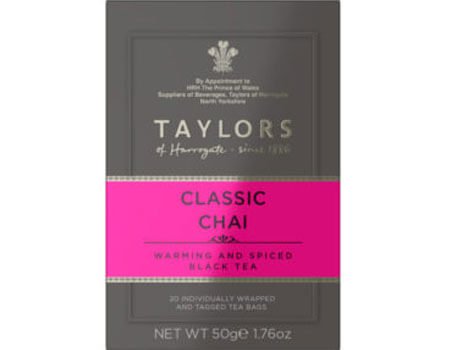
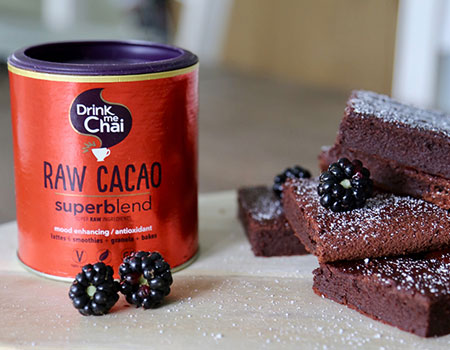
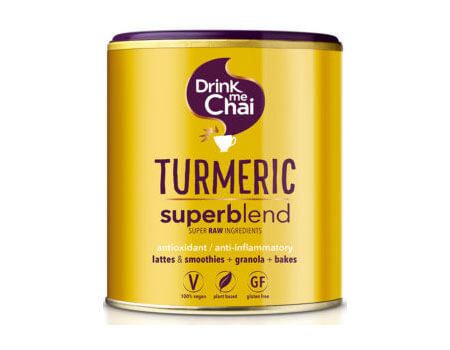
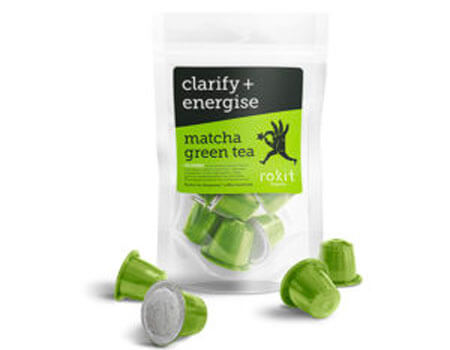
Natalie Cross, out of home manager at Taylors of Harrogate, says it pays dividends to revisit the traditional tea offer: “The most recent Allegra report on tea found that almost 95% of operators who have refreshed their tea offering in some way have seen a sales uplift in their establishments,” says Cross. “New and innovative flavours, which appeal to a new generation of tea drinkers, is one of the main trends behind this growth.”
Operators should consider expanding their hot drinks menu to include a variety of green, fruit and herbal teas to capture consumers who look to tea for a low-calorie indulgence or an alternative to alcoholic drinks. But Cross warns that there is a fine line between being “on-trend” and alienating consumers.
Taylors of Harrogate has boosted its range of classic speciality teas with new blends highlighting “aromatic and sense-capturing flavours”, such as pure green tea, green tea with mint, white tea, Ceylon tea, apple and cinnamon and classic chai.
Cross advocates creating a sense of “tea theatre”, paying attention to serving styles, using proper teapots with loose-leaf teas and advising customers on brewing times to create the feeling of a special occasion.
Eat your greens
Tea is perfect for operators who want to get experimental, says Cross, and adds: “Tea and food pairings continue to be popular, and operators can go one step further by using tea in their recipes. Earl Grey can be baked into cakes for a distinctive flavour, or you could even cook rice with a jasmine green tea to make it truly unique. We expect to see more tea and food pairings in outlets over the coming year.”
Premium cones and tart shells from La Rose Noire, distributed by Town & Country Fine Foods, incorporate green tea extract for a spectacular look. The cones are supplied in a gold paper wrap for serving, while the shells are glazed by hand with a natural vanilla extract to ensure moisture resistance. La Rose Noire also produce an Earl Grey macaron in its petits fours range of eight flavours.
Gone are the days of the hospitality trade charging £4 for a cup of ‘fannings’, the lowest grade of tea, according to Bharat Chudasama, co-founder of Hope & Glory.
He says: “How often have you stayed in hotel room where the sheets are made of the finest Egyptian cotton, the entertainment system is straight out of a science fiction, but the tea caddy above the mini-bar is filled with ordinary teabags? It’s the kind of let-down that can downgrade what would otherwise have been a perfect experience. Where is the love?”
Hope & Glory’s 11 organic varieties are grouped into four collections: Classic (Assam, English Breakfast); Nurturing (Rooibos, chamomile, peppermint); Delicate (green, jasmine pearls, Earl Grey and Darjeeling); and Signature (Masala Chai and Red Velvet).
This winter, four Hope & Glory teas and tisanes will hit the market: Lapsang Souchong, mint choc, vanilla chai and white Assam. The launch coincides with the introduction of new branding and 100% sustainable packaging.
Operators should also be attuned to consumers’ sensory hooks. Mario Coletti, managing director UK of Nextatlas, which uses advanced AI to spot cultural movements and trends, says aroma is playing an increasingly important role when it comes to the British cuppa.
Coletti says: “The scent embraces you before you even take your first sip. But as a nation of tea-lovers, we are ready for the next step and among the first to be embracing ‘aroma diffusion’. Aroma diffusion is the process of creating an experience for all the senses. For example, if you take afternoon tea, there could be tea-infused sandwiches and pâtisserie served on a table decorated with touches of nude, brown or copper tones, using soft, warm fabrics for seat furnishings or table linen.”
If variety is the spice of life, Drink Me Chai is tapping into the explorative nature of customers when it comes to tea. Amanda Hamilton, founder and chief executive, points to a 44% year-on-year value growth in chai between 2016 and 2017, which has outstripped peppermint, herbal and green tea.
“Chai can be enjoyed throughout the day, from a delicious breakfast beverage through to a comforting drink to help wind down in the evening,” says Hamilton. “Today’s consumers, in particular millennials, have an interest in food origins, with customers now opting for inclusive dining experiences that introduce flavours from around the world."
The company’s latest innovation is its caffeine-free and vegan Superblends range, which comes in four flavours: turmeric, raw cacao, beetroot and Naked. Turmeric claims to be a “subtly spiced blend, rich in anti-inflammatory, antibacterial and antioxidant properties – the perfect golden mix of healing power”.
Perfect matcha
According to a survey for National Tea Day, 50% of tea brands view the 24- to 35-year-old age bracket as their biggest growth area. The segment is exploratory in nature and more likely to try new products than older counterparts.
The report adds: “Long gone are the days of tea being seen as a builder’s brew. Almost 70% of growth is being driven by female tea drinkers, and only 12% of tea brands are sure their growth is coming from male tea drinkers.”
Clearly, there are good opportunities to sell in to this demographic, with products such as matcha, with its reputed “superfood” combination of vitamins, antioxidants and amino acids that are said to aid concentration and mood.
Louise Cheadle, Teapigs co-founder and tea taster, says: “More and more consumers are looking for drinks that give them specific health benefits, and demand for healthy green and herbal teas is growing, especially among younger tea drinkers. We launched our range of delicious ‘feelgood teas’ as a response to this.
“Matcha green tea is also becoming really popular, with people switching one of their morning coffees to a matcha latte to benefit from its nutritional value and the calm, focused energy it’s famous for.”
Quality trumps quantity every time for Dan Rook, founder of Chash. “As the sale of cheap teabags falls, we see demand, especially in under-35s, fuelled by the desire to try tea that is new and premium. Consumers now look beyond standard tea.”
Chash (the name comes from chashitsu, the Japanese for tea room) has taken inventive tea ‘story-telling’ to another level. Tapping into the enduring popularity of Britain’s most famous detective, the company’s Sherlock Holmes Tea combines English Breakfast Gold with smoky Lapsang Souchong (the investigator liked a pipe) and ginkgo and elderflower blossom to promote the art of deduction. Elementary.
“Everyday customers’ knowledge is growing,” adds Rook, whose list features 86 loose-leaf teas and 30 herbal infusions. “No longer will they accept poor-quality tea. Foodservice outlets that don’t move with this trend will be left behind.”
No bag required
Innovative ways of delivering hits of tea include Rokit Pods. The Nespresso-compatible tea pods deliver a full-bodied, earthy and organic matcha green tea in seconds.
At the Amber Rose Tea Company, the drink gets a designer make-over. Founder and chief executive Victoria Hewlett says customers are looking for something new, fun and healthy. It has launched a Celebration collection of five blends, inspired by cocktail flavours: Bella Bellini is a blend of white and green teas, peach and passionfruit; Mojito Mix is a zingy mix of green tea, mint, lemon and lime; and Pina Colada has green sencha tea with pineapple and coconut. Or you could opt for Majesty – black tea with edible 23-carat gold leaf. Just £100 for 150g.
Five ‘must-have’ teas for 2019
Henrietta Lovell of the Rare Tea Company picks five staples for tea menus
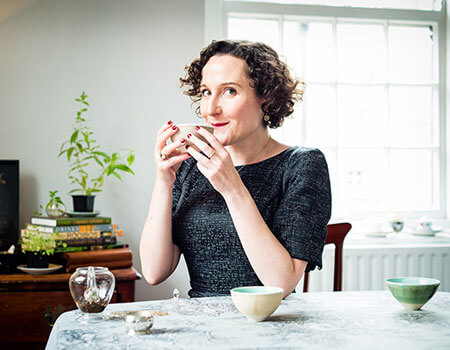
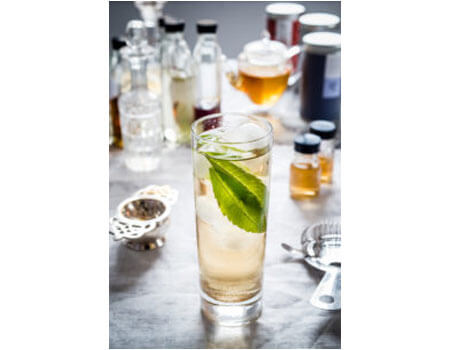
Suppliers
Amber Rose Tea Company www.theamberroseteacompany.co.uk/trade
Chash www.chashtea.co.uk
rink Me Chai www.drinkmechai.co.uk
rink Me Chai www.drinkmechai.co.uk
The Drury Tea & Coffee Company www.drurypyramids.com
Hope & Glory www.thehopeandglory.co.uk
Jing Tea www.jingtea.com
Newby www.newbyteas.co.uk
Novus Tea www.novustea.co.uk
Taylors of Harrogate www.taylorsoutofhome.co.uk
Teapigs www.teapigs.co.uk
Town & Country Fine Foods www.tcfinefoods.co.uk
Rare Tea Company www.rareteacompany.com
Rokit Pods www.rokitpods.com
Comments
(In keeping with the objectives of this website, all COMMENTS must be made in the spirit of contributing to the history of this estate, planter or person i.e. names, dates & anecdotes. Critical evaluations or adverse comments of any sort are not acceptable and will be deleted without notice – read full Comments Policy here)